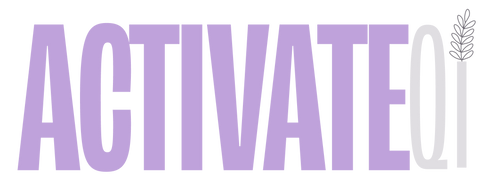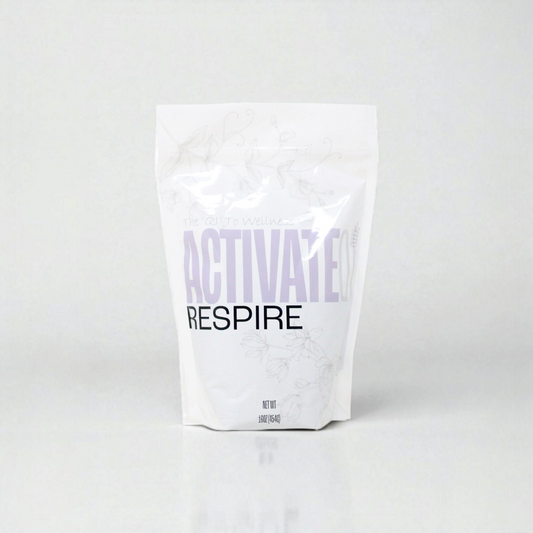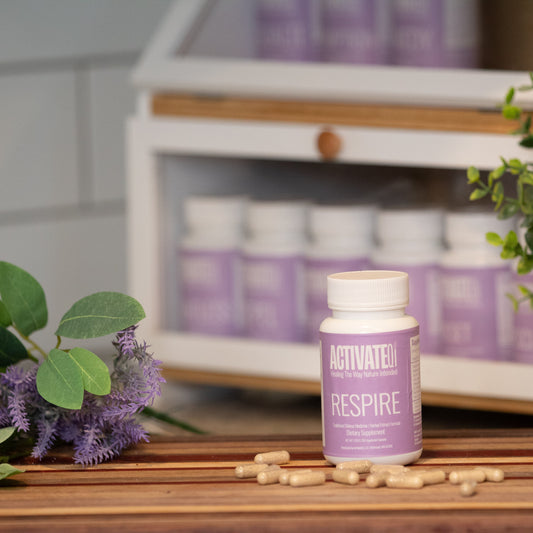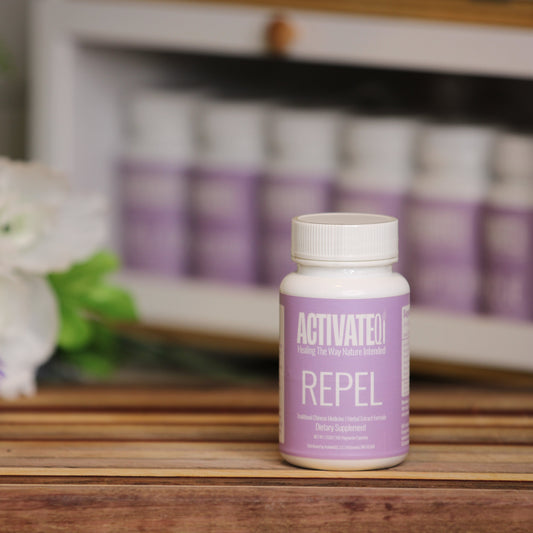Why Suppressing Stomach Acid Isn’t the Answer to Gut Healing — In Horses or Humans
When it comes to true gut healing, there are three main areas that must be addressed:
- Restoring healthy stomach acid levels
- Repairing the gut wall lining (healing “leaky gut”)
- Balancing the gut microbiome
Each area is interconnected — but most conventional approaches, especially those relying on acid blockers like proton pump inhibitors (PPIs) or H2 blockers, focus only on symptom relief rather than restoration. This is why so many horses (and humans) end up stuck in a cycle of gut distress: temporary improvement followed by relapse once medication is stopped.
Let’s unpack why that happens and what a more complete approach looks like.
The Misunderstood Role of Stomach Acid
Stomach acid isn’t the enemy. In fact, it’s one of the most essential components of digestion and immune defense.
Hydrochloric acid (HCl) in the stomach:
• Activates digestive enzymes (like pepsin) needed to break down proteins
• Prepares minerals such as calcium, magnesium, and iron for absorption
• Kills pathogens before they reach the intestines
• Stimulates motility — helping the entire digestive tract move food properly
When acid is too low, digestion slows down, feed or food ferments, and large undigested particles move into the intestines. This is where the real trouble begins.
How PPIs and H2 Blockers Work — and Why They Backfire
PPIs (like omeprazole) and H2 blockers (like ranitidine) suppress acid production to reduce discomfort and protect the stomach lining from ulceration. They can provide short-term relief, which is why they’re so commonly used in both veterinary and human medicine.
However, stomach acid isn’t a problem to “fix” — it’s a system to balance. When acid is suppressed long term, three major consequences occur:
• Rebound Acid Overproduction
When PPIs are discontinued, the body reacts by overproducing acid. This “rebound” effect often leads to a return (or worsening) of symptoms, making it seem like the horse or person “needs” the drug again.
• Nutrient Deficiencies
Without acid, protein and mineral absorption plummets. Low magnesium, calcium, zinc, and B12 can follow — all of which are crucial for tissue repair and energy metabolism.
• Microbial Overgrowth
Stomach acid serves as the first line of defense against bacteria, yeast, and parasites. Suppressing acid allows opportunistic microbes to thrive, leading to SIBO (small intestinal bacterial overgrowth), dysbiosis, and chronic inflammation.
In horses, we often see this play out as:
• Recurring ulcers
• Girthiness or irritability
• Soft or inconsistent manure
• Poor topline or dull coat despite good feed
• Behavior changes under saddle
These signs point to deeper digestive imbalance — not simply “too much acid.”
Why You Can’t Heal the Gut While Suppressing Acid
Healing the gut requires a healthy digestive environment from the very beginning — the stomach. When that environment is artificially altered, everything downstream suffers.
• Leaky Gut (Gut Wall Damage)
Without enough acid, proteins and toxins pass through the stomach undigested. This triggers immune reactions and damages the intestinal lining, leading to inflammation and permeability (“leaky gut”).
• Microbiome Imbalance
The gut’s microbial community relies on a stable pH and nutrient flow. Low acid allows harmful bacteria to migrate upward and beneficial species to decline, leading to gas, bloating, and poor nutrient assimilation.
• Impaired Detoxification
The gut and liver work together to process waste and toxins. When the gut wall is inflamed and the microbiome unbalanced, detox pathways slow down — leading to fatigue, skin issues, and systemic inflammation.
Essentially, you can’t rebuild a healthy gut while turning off one of its core defense systems.
The Equine Example: PPIs and the Endless Ulcer Cycle
Many horse owners have experienced this: the horse shows signs of gastric ulcers, goes on omeprazole, improves, and then regresses as soon as the treatment stops.
Why? Because the stomach acid wasn’t the cause of the ulcers — it was the symptom of a system out of balance.
Ulcers and digestive discomfort often stem from:
• Stress (trailering, training, separation)
• Irregular feeding schedules
• Processed feeds high in starch or sugar
• Low forage access
• Overuse of NSAIDs
Suppressing acid only masks the discomfort temporarily. Once the acid returns (and it must), the underlying issues — leaky gut, microbial imbalance, inflammation — resurface.
To truly help the horse, we must restore the natural acid balance, not remove it.
The Path to True Gut Healing
Healing the gut — in horses or humans — is a gradual, layered process that focuses on rebuilding function rather than suppressing symptoms.
• Support Healthy Stomach Acid Production
Use herbs, minerals, and whole foods that encourage natural HCl secretion and proper digestion (for example, digestive bitters, apple cider vinegar, or specific herbal tonics designed for equine gut health).
• Repair the Gut Wall Lining
Feed the tissues that rebuild the intestinal barrier with ingredients like aloe, slippery elm, marshmallow root, or glutamine (where appropriate).
• Rebalance the Microbiome
Introduce diverse, species-appropriate probiotics and prebiotics to restore microbial harmony. In horses, this means emphasizing forage diversity and avoiding unnecessary antibiotics or acid-suppressing drugs.
• Address the Root Causes of Stress
Because stress chemistry alters gut motility, pH, and blood flow, addressing emotional and environmental stressors is just as crucial as nutritional healing.
The Big Picture
Gut healing isn’t about chasing symptoms or silencing signals — it’s about restoring balance.
When we suppress acid, we silence an alarm that’s telling us something deeper is wrong.
Whether it’s a horse showing signs of gastric discomfort or a human dealing with reflux or bloating, the long-term solution lies in rebuilding, not blocking.
Healing comes from supporting the body’s design — not working against it.





